If you've ever wondered, "what are some big horse breeds?" you're about to embark on a fascinating journey. This guide will walk you through the equestrian giants of our world, exploring breeds that not only display impressive size but also distinct traits and captivating histories. From the powerful Shire Horse to the elegant Percheron, let's delve into the captivating world of the largest horse breeds.
Chapter 1: Deciphering the Giants – Which Horse Breed Is the Biggest?
In the vast and diverse equine world, a question that often piques the curiosity of horse enthusiasts and casual observers alike is, "which horse breed is the biggest?" The answer isn't as straightforward as it may seem, as factors such as height and weight come into play when sizing up our equestrian friends. So, let's take a trot around the horse globe, as we unearth the heavyweights of the horse kingdom.
Firstly, allow me to introduce the Shire Horse, a breed that's held in high esteem in the realm of big horse breeds. These English natives are steeped in a rich history that harks back to the medieval era. Originally employed as war horses due to their sheer size and strength, they evolved over centuries to meet farming and industrial needs. Males, known as stallions, can grow to a towering height of 17 hands (68 inches) and pack on a weight of up to 2,200 pounds. Their remarkable size is matched by a nature that's as gentle as a soft breeze, a characteristic that endears them to horse lovers the world over. It's worth noting that the tallest horse ever recorded was a Shire named Sampson who reached a height of 21.2 and a half hands, around 86 inches!

Next on the roster is the striking Clydesdale, a breed named after the Scottish district of Clydesdale, now known as Lanarkshire. You may recognize these magnificent animals from the renowned Budweiser commercials. In terms of size, Clydesdales can give Shires a run for their money, with stallions reaching an imposing 18 hands (72 inches) and weighing in around 2,000 pounds. Beyond their size, Clydesdales are known for their unique "feathering" - long hairs around their hooves - and their captivating grace and agility.

Last, but certainly not least, the Belgian Draft demands attention. Originating from the Brabant region of modern Belgium, these horses are slightly shorter than Shires and Clydesdales, typically measuring around 16-17 hands (64-68 inches). However, they compensate with their robust build and formidable weight, often tipping the scales at over 2,000 pounds. In fact, the heaviest horse ever recorded was a Belgian Draft named Brooklyn Supreme, who weighed in at a whopping 3,200 pounds!

Also read: Are There Still Wild Horses?
Comparing these titans of the horse world, we can see that while the Shire usually stands as the tallest, Belgian Drafts can sometimes outweigh them. Thus, the title of the "biggest" horse breed can fluctuate between these breeds depending on whether height or weight is the primary measure.
To sum up this deep-dive into the world's largest horse breeds, it's evident that Shire Horses, Clydesdales, and Belgian Drafts stand (quite literally) head and shoulders above the rest. Each of these breeds boasts its own unique charms and traits, proving that there's more to these gentle giants than just their staggering size. Their blend of power, grace, and gentle temperament is a testament to the amazing diversity and adaptability of horse breeds across the world.
Chapter 2: Living with Giants - Can Mini Horses Live with Big Horses?
In the eclectic mix of horse breeds, from the towering Shire to the petite Miniature horse, a question that sparks curiosity is, "can mini horses live with big horses?" The thought of these David and Goliath of equine world living side-by-side certainly paints a charming picture, but the reality calls for a careful evaluation of several factors.
As endearing as it may seem, putting these diverse sizes together requires caution and astute management. The primary concern in such a scenario is safety. Given their substantial size difference, a playful romp could inadvertently result in injury for the smaller horse. Miniature horses, standing at a height of usually 8.5 to 9.5 hands (34 to 38 inches), could easily get hurt by a larger breed's accidental step or kick.
However, this doesn't necessarily rule out the possibility of these diverse breeds sharing a living space. With meticulous supervision and management, it's feasible for these equine opposites to coexist harmoniously. One strategy could be to partition a common grazing area into sections to prevent direct interaction while allowing the horses to interact safely over the fencing.
An important aspect to consider is their social needs. Horses are herd animals and thrive in the company of their kind. If a mini horse is kept alone with larger horses, they could feel isolated or stressed. Therefore, it's recommended that mini horses are either kept with horses of a similar size or alone but with plenty of human interaction and stimulation.
Feeding is another key consideration. Larger horses, due to their size and breed characteristics, have different dietary requirements compared to miniature horses. Minis are prone to obesity and related health issues, and unrestricted access to the same feed as larger breeds could result in overfeeding and serious health problems.
To sum up, while it's not completely out of the question, mixing large horse breeds with mini horses in the same living space demands vigilant supervision, careful management, and a detailed understanding of each breed's specific needs and behaviors. It's a picturesque thought, the giant and the mini grazing side by side, but it's a scenario that calls for careful consideration of the welfare and safety of both parties. The potential for harmony exists, but it requires careful planning and execution.

Chapter 3: Exploring Size - How Big Can a Horse Get?
The world of horses is rich with diversity, both in breeds and sizes. From the tiny stature of the Falabella to the towering frame of the Shire, the scale is immense. It begs the question, "how big can a horse get?" Let's delve into this query, focusing on the upper limits of equine size.
As we've already discussed, the Shire, Clydesdale, and Belgian Draft are typically considered the largest horse breeds. However, when it comes to individual records, the figures can be mind-boggling. Take Brooklyn Supreme, for instance. This Belgian Draft horse, born in 1928, stood at an awe-inspiring 19.2 hands (77 inches) and tipped the scales at an enormous 3,200 pounds. The sight of such a giant must have been both humbling and breathtaking!
Then there's Sampson, later renamed Mammoth, a Shire gelding who holds the record for the tallest horse. Born in 1846, he reached a height of 21.2 and a half hands (approximately 86 inches) by the time he was a four-year-old.
While these horses represent the extreme end of the spectrum, they are certainly exceptions to the general rule. Most horses from large breeds average between 16 and 18 hands (64-72 inches) in height and weigh between 1,500 and 2,200 pounds.
Beyond pure size, the build and muscle distribution of a horse also contribute to their overall "bigness." For example, Draft horses, despite not always being the tallest, are often perceived as larger due to their heavy, muscular build.
Factors such as genetics, diet, and care play a pivotal role in determining a horse's size. Proper nutrition during the formative years of a horse's life is essential for them to achieve their potential size. However, just like in humans, there's a limit to how much growth can be achieved, and exceeding this can lead to health issues.
In conclusion, while most large horse breeds don't reach the astounding dimensions of Brooklyn Supreme or Mammoth, they can still grow to an impressive size. The diversity in horse sizes is a testament to the fascinating genetic variety within the species, showcasing how these magnificent animals have been bred and adapted over centuries to fulfill the diverse roles they play in human society.
Also read: Is Horse Manure a Good Fertilizer?
Chapter 4: From the Petite to the Massive – Comparing Horse Sizes
After exploring the larger end of the spectrum, we now turn our attention to comparing these colossal breeds to their smaller counterparts. From the question, "what are some big horse breeds?", we now shift to consider how these breeds stack up against their miniature and pony relatives.
On the smaller end, we have the enchanting Miniature horses and the robust Shetland ponies. Standing at a maximum height of 8.5 to 9.5 hands (34 to 38 inches) and 10.2 hands (42 inches) respectively, these breeds represent the petite end of the equine size range.

To put it in perspective, a Shire horse can be almost twice as tall as a Miniature horse! But these diminutive breeds are not short on personality. They are known for their intelligence, agility, and friendly demeanor, making them popular pets and therapy animals.
Next up, we have the Arabian and Thoroughbred horses. With an average height of 15 hands (60 inches), they are larger than the miniatures but smaller than the massive draft breeds. These breeds are renowned for their speed, endurance, and grace, often being the stars of equestrian sports.
Then, we move onto the larger breeds like the Clydesdale, Shire, and Belgian Draft horses. Standing at an average height of 16 to 18 hands (64 to 72 inches), and weighing anywhere between 1,500 to 2,200 pounds, these breeds represent the giant end of the spectrum.
What's truly fascinating about these differences in size is that, despite their disparate stature, all these breeds belong to the same species. It's a tribute to the variety that selective breeding has created over centuries, each breed perfectly suited to its specific purpose, from racing to heavy draft work, or just being an adoring companion.
In conclusion, the size range among horse breeds is extensive, showcasing the vast diversity within the species. These comparisons offer a vivid illustration of the remarkable adaptability of the horse, an animal that has evolved alongside humanity, taking on roles as varied as their sizes. Regardless of their stature, each breed, from the smallest to the largest, holds a special charm and unique characteristics that make them a beloved part of the equine world.
Chapter 5: The Reigning Giant – What Breed of Horse is the Biggest?
We've been journeying through the equine world, exploring horse sizes from the petite Miniature to the robust Belgian Draft. We've also posed the question, "which horse breed is the biggest?" But if we had to bestow the crown on one breed, which would it be? Let's delve into this query.
A consensus among many horse enthusiasts points towards the Shire Horse. With males often towering over 17 hands (68 inches) and weighing up to 2,200 pounds, the Shire Horse frequently holds the title for the tallest horse breed. The record-holding tallest horse, a Shire named Sampson, reached a staggering 21.2 and a half hands (approximately 86 inches).
However, the Shire's claim to the crown is contested by the heavyweight Belgian Draft. While they might not usually reach the towering heights of a Shire, they boast a robust, muscular build that often sees them weighing in at over 2,000 pounds. The heaviest horse ever recorded was a Belgian Draft named Brooklyn Supreme, who weighed in at an astounding 3,200 pounds!
The Clydesdale, another large breed, stands a good chance as well, with males reaching up to 18 hands (72 inches) and weighing around 2,000 pounds.
Given these facts, the title of "biggest" can be subjective, depending on whether one prioritizes height or weight. While the Shire often comes out on top for height, the Belgian Draft might take the crown if weight is the deciding factor. Ultimately, the title might change hands (pun intended) based on the specific individuals under comparison.
In the grand scheme, all three – the Shire, Belgian Draft, and Clydesdale – represent the giants of the horse world. Each breed, with its own unique history, personality, and charm, stands as a testament to the diversity within the horse kingdom. And while the title of "biggest" might be up for debate, one thing is clear: all these breeds, with their towering size and gentle nature, hold a significant place in the hearts of those who love these magnificent creatures.
In conclusion, answering the question "what breed of horse is the biggest" may not be as straightforward as it appears. Shire Horses often hold the title for the tallest breed, while Belgian Drafts could potentially outweigh them. The Clydesdales are not far behind either. It's a close call, illustrating the fascinating diversity of sizes within the world of horses. Whether you're a horse enthusiast, a potential horse owner, or simply intrigued by these magnificent creatures, knowing about the largest horse breeds adds an intriguing dimension to your understanding of the horse world.
Also read: Debating the Ethics: Is Horse Racing Cruel?
Frequently Asked Questions
-
What are some big horse breeds? Some of the biggest horse breeds include the Shire, Clydesdale, and Belgian Draft.
-
Which horse breed is the biggest? The Shire Horse is considered the biggest horse breed in terms of height and weight.
-
What are the largest horse breeds? The largest horse breeds include the Shire, Clydesdale, and Belgian Draft.
-
Can mini horses live with big horses? While possible, it requires careful management due to the risk of injuries.
-
How big can a horse get? While most large horses average between 16 and 18 hands (64-72 inches) and weigh between 1,500 and 2,200 pounds, record holders like Brooklyn Supreme and Mammoth have exceeded these averages considerably.
Conclusion
In the world of equines, size truly does matter, particularly when we venture into the realm of big horse breeds. From the towering Shire to the robust Belgian Draft, these breeds captivate us with their sheer size and power. Yet, beyond their size, they hold a unique allure — a blend of history, strength, and charm that resonates with horse lovers everywhere. Whether you're an equestrian enthusiast or simply someone curious about how big these majestic creatures can get, understanding the world's largest horse breeds offers a fascinating insight into the diversity of the horse world.








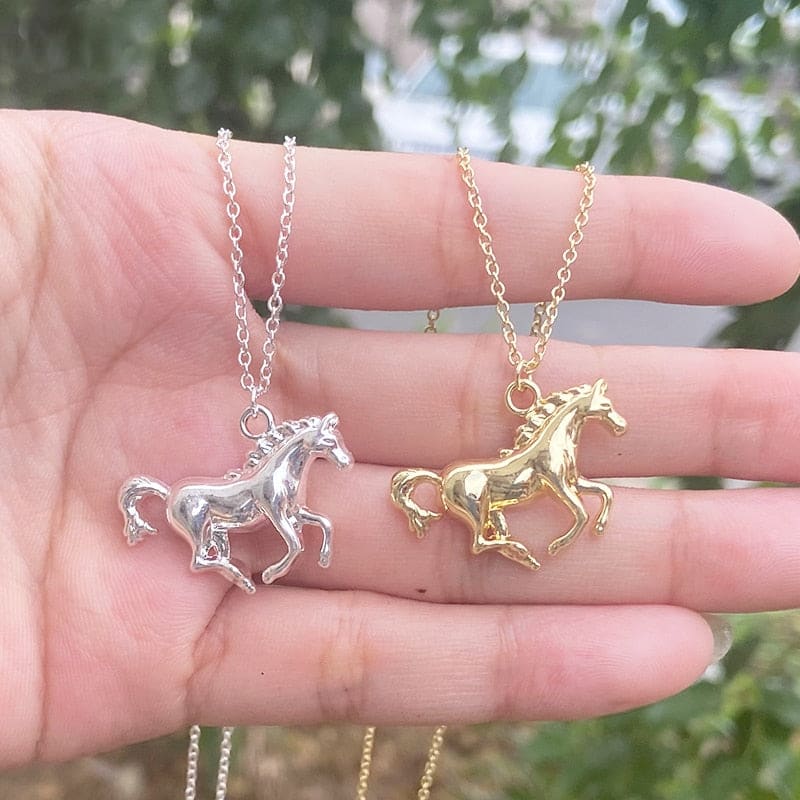
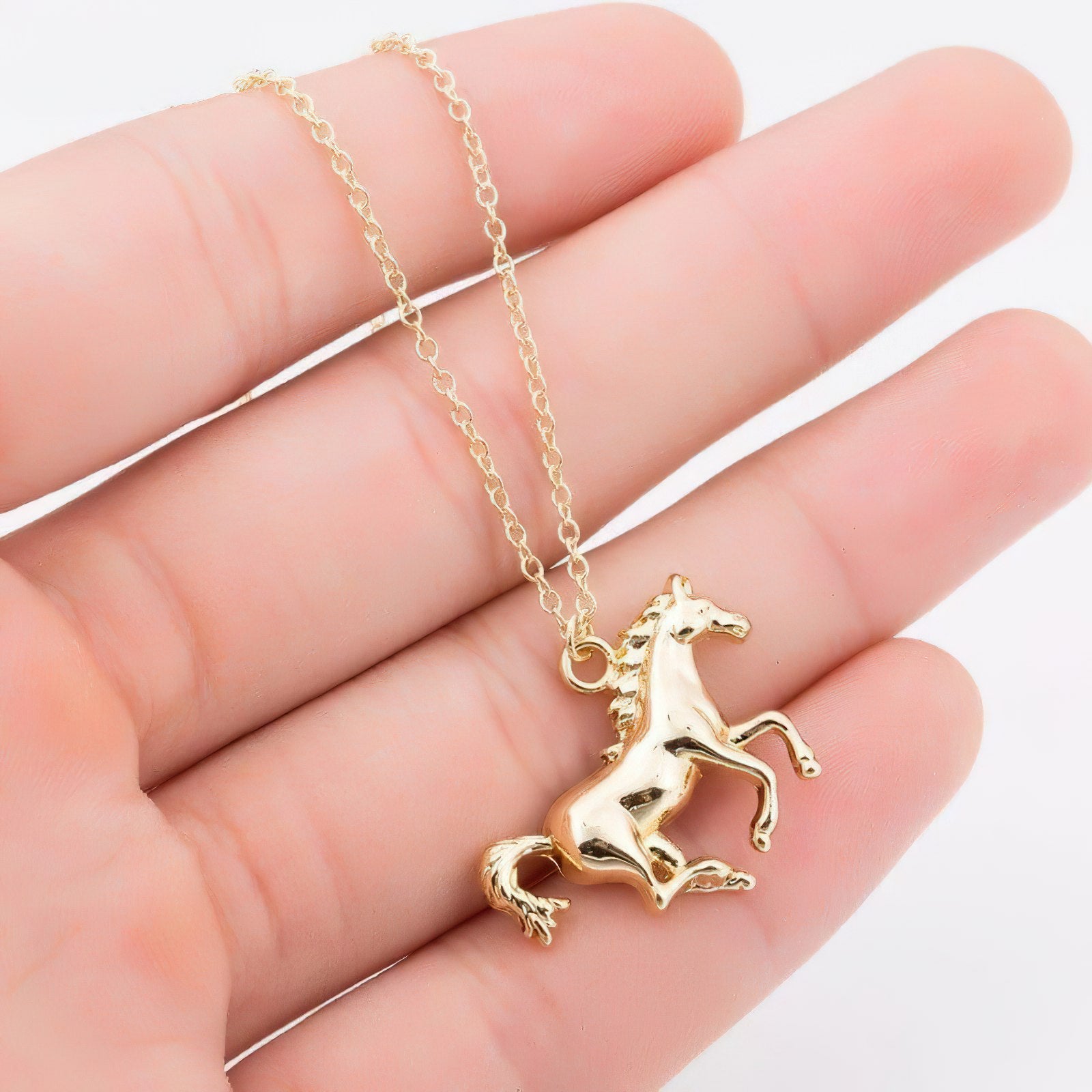

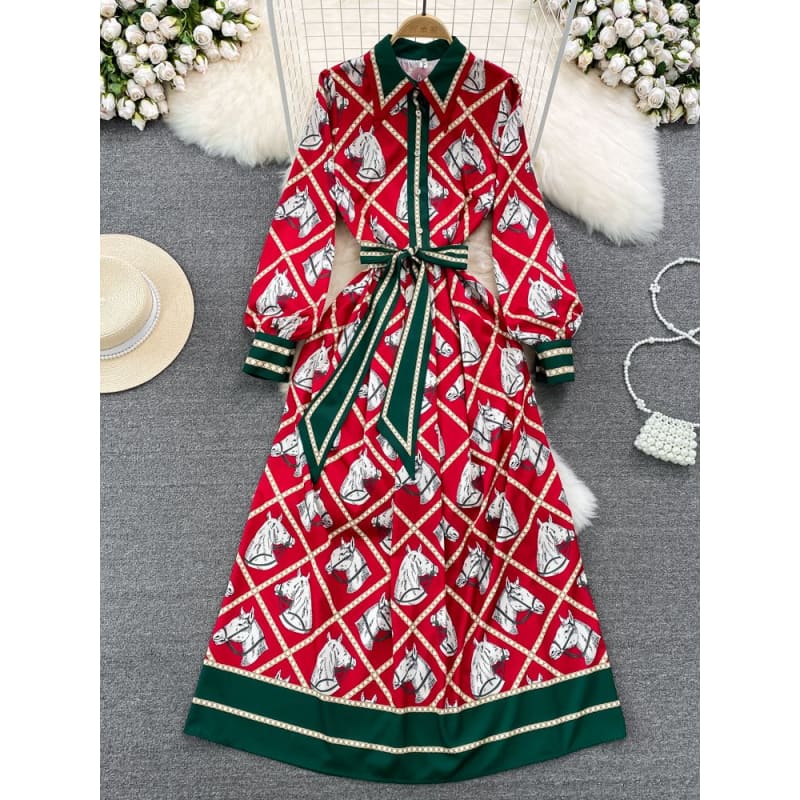
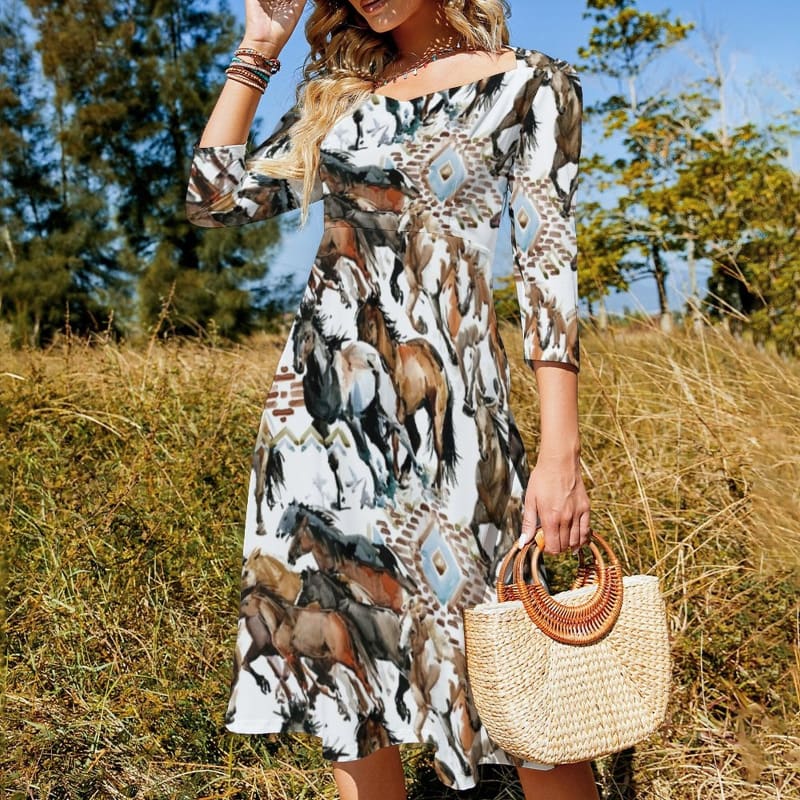


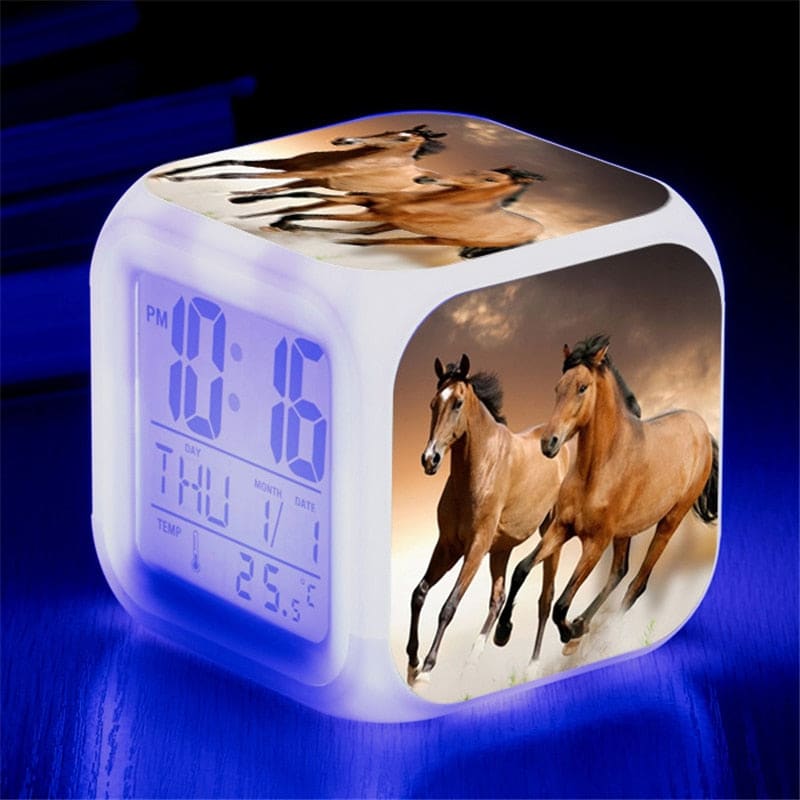
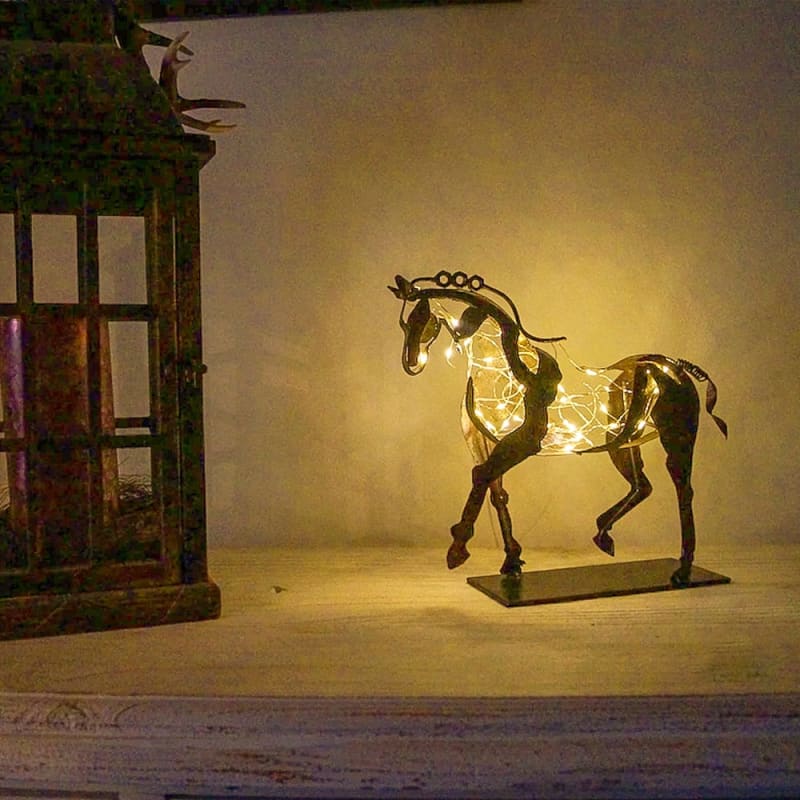


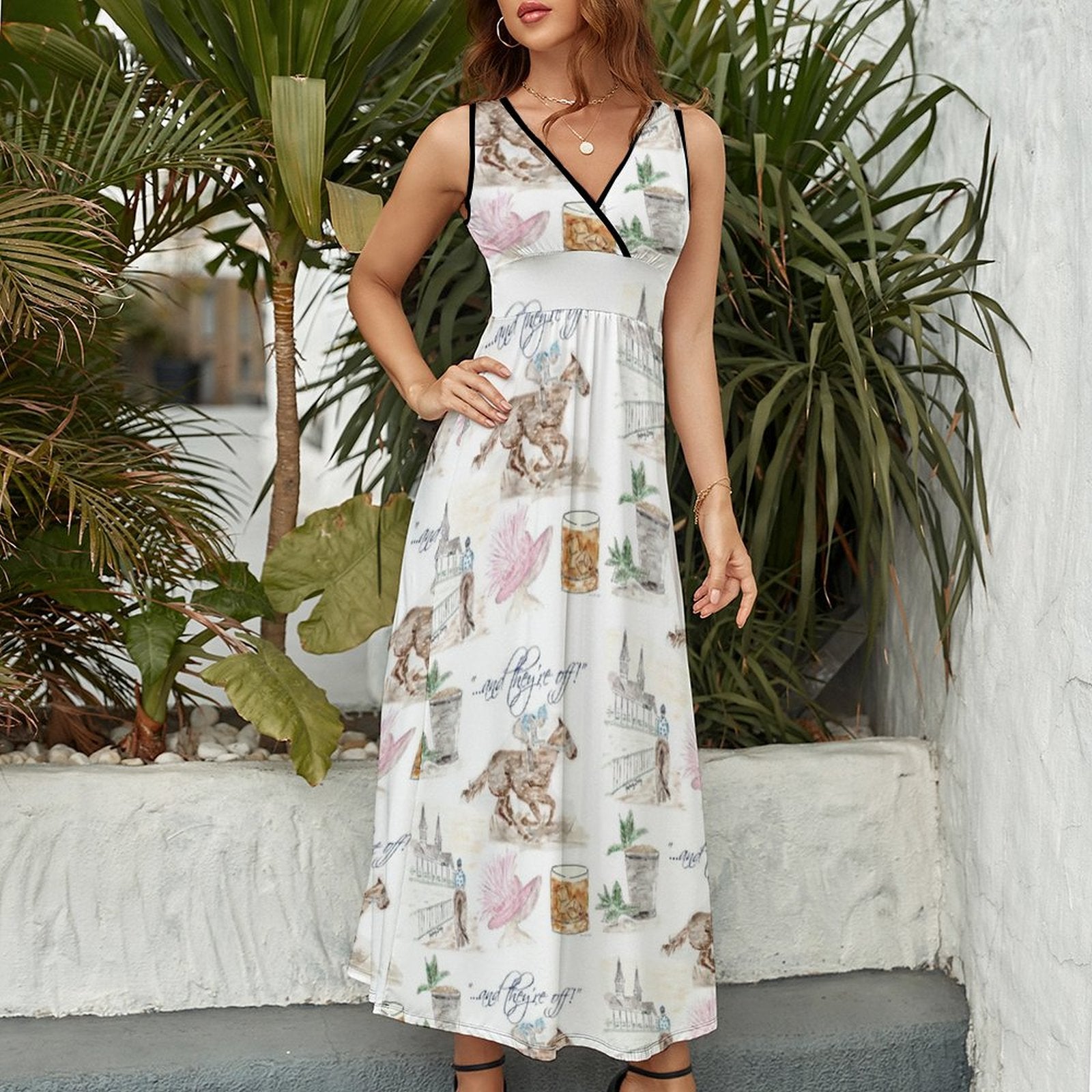






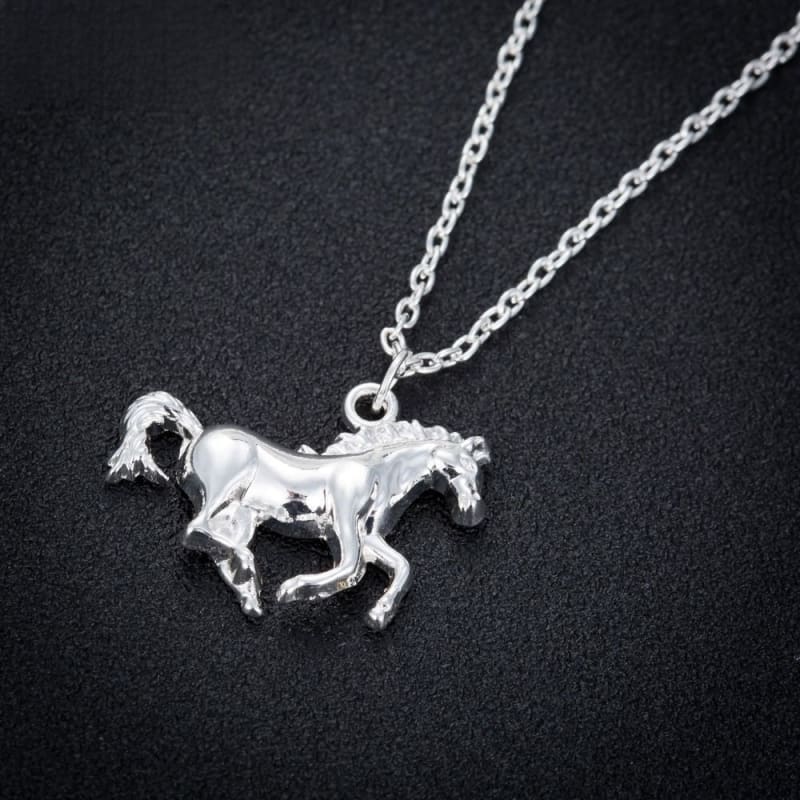
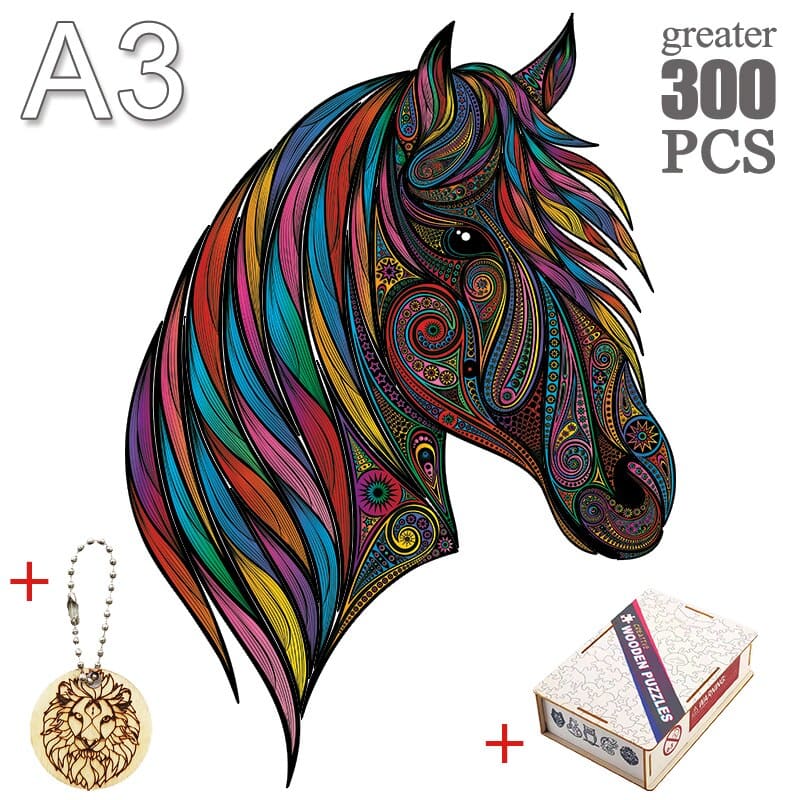
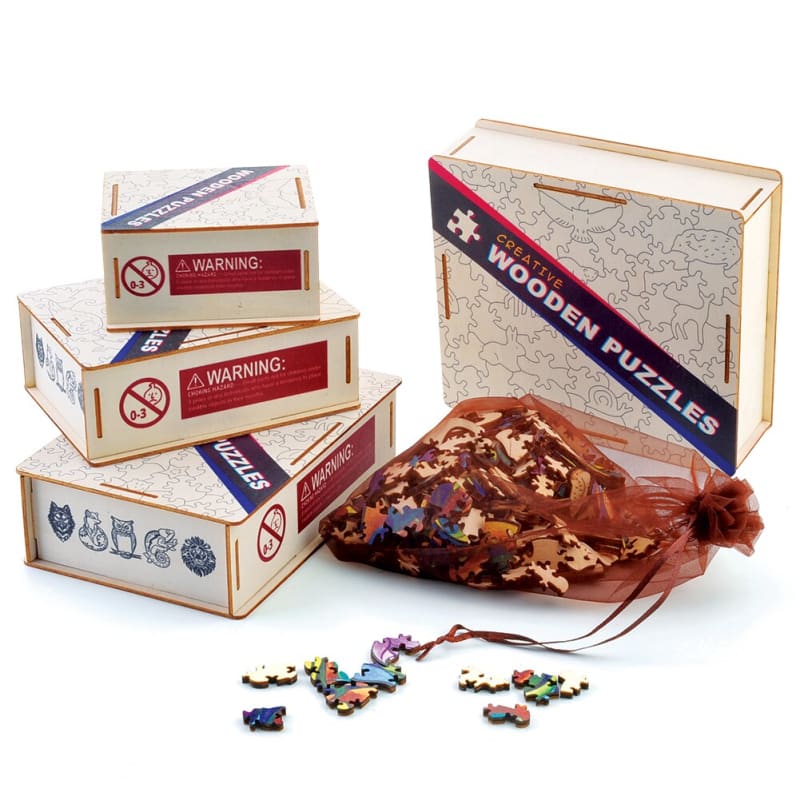

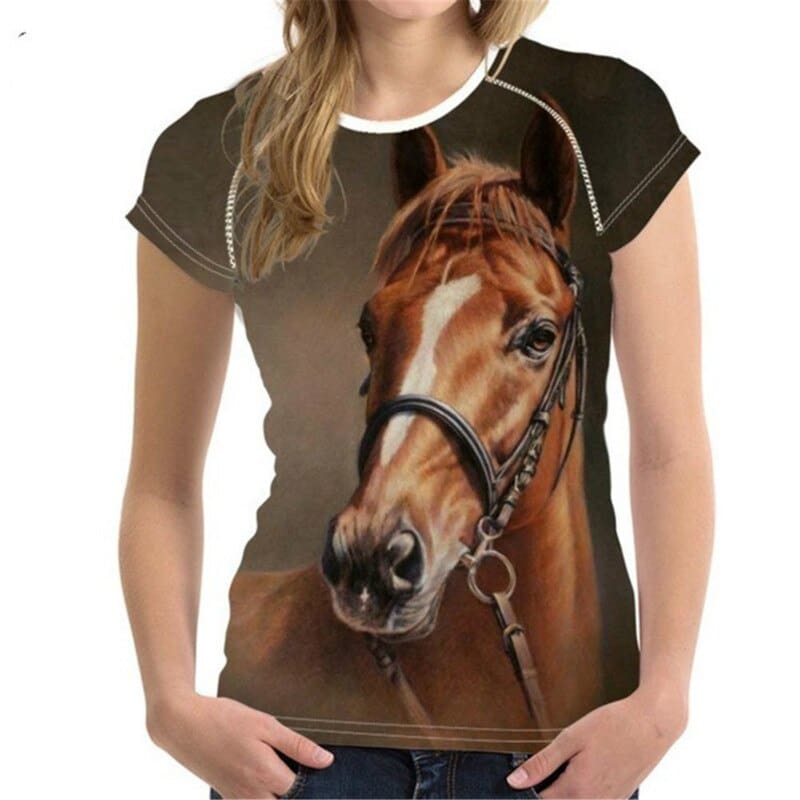
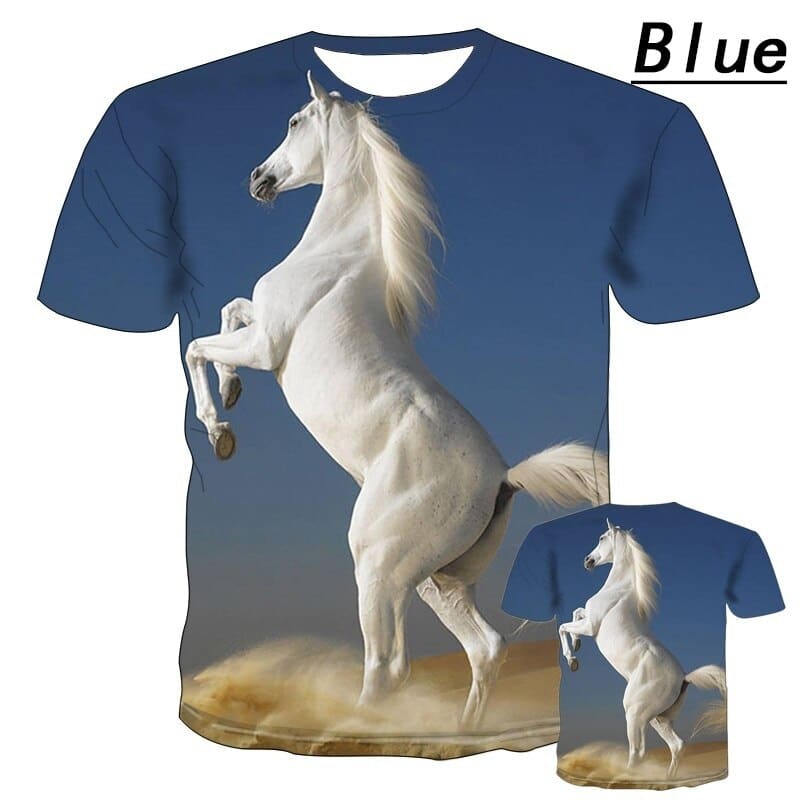
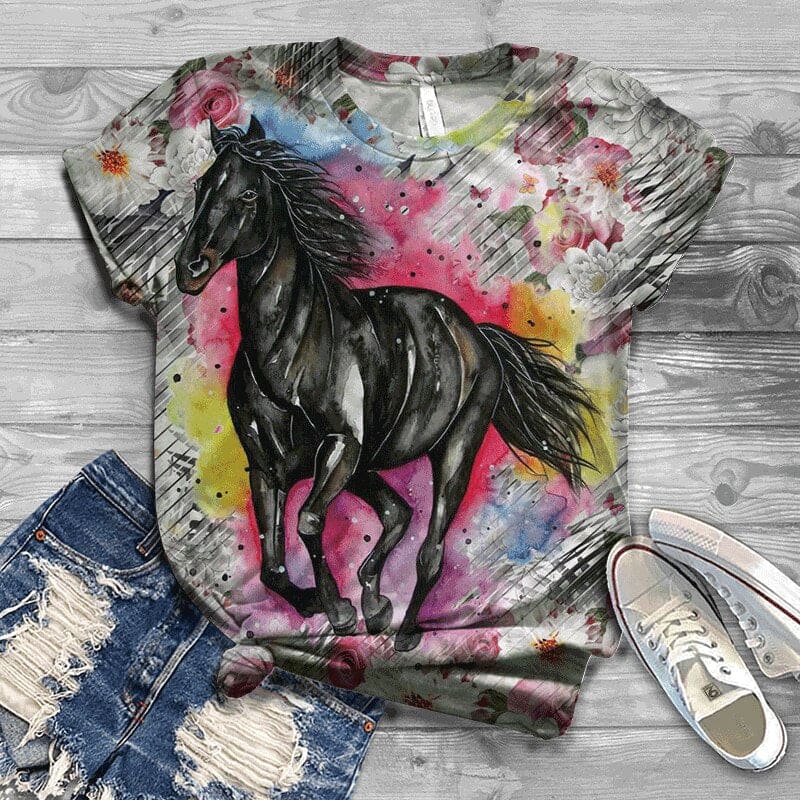
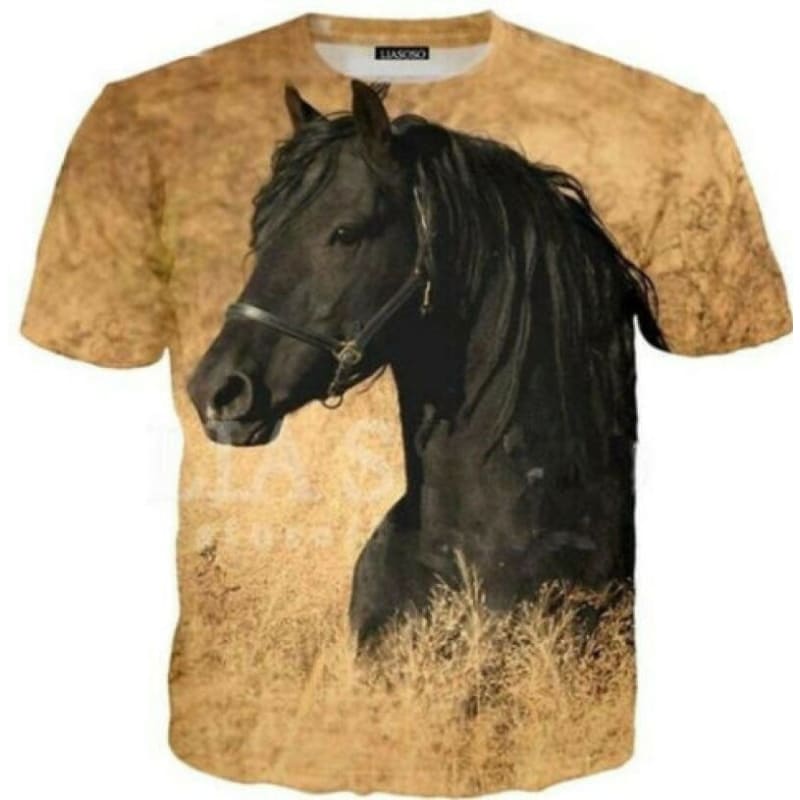
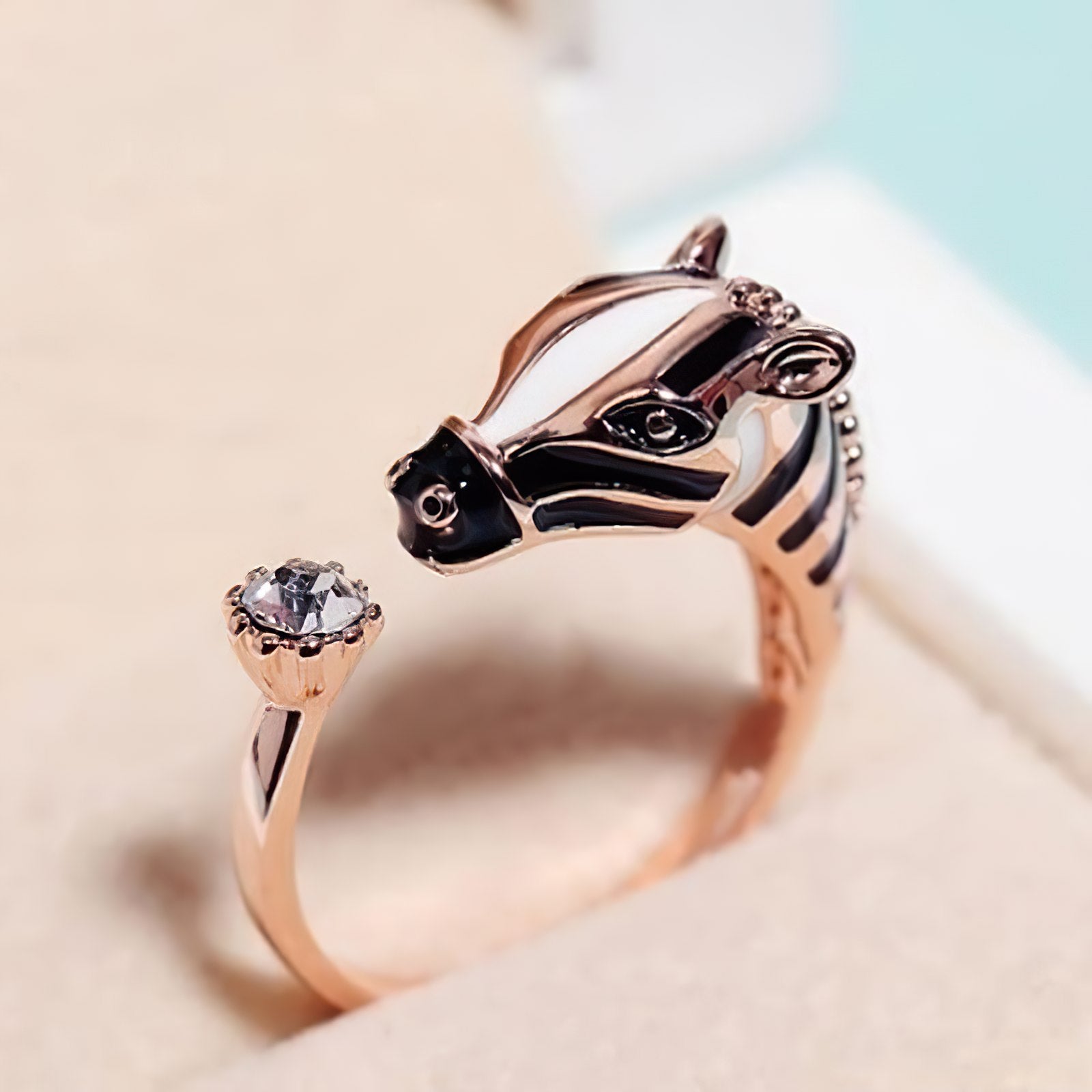


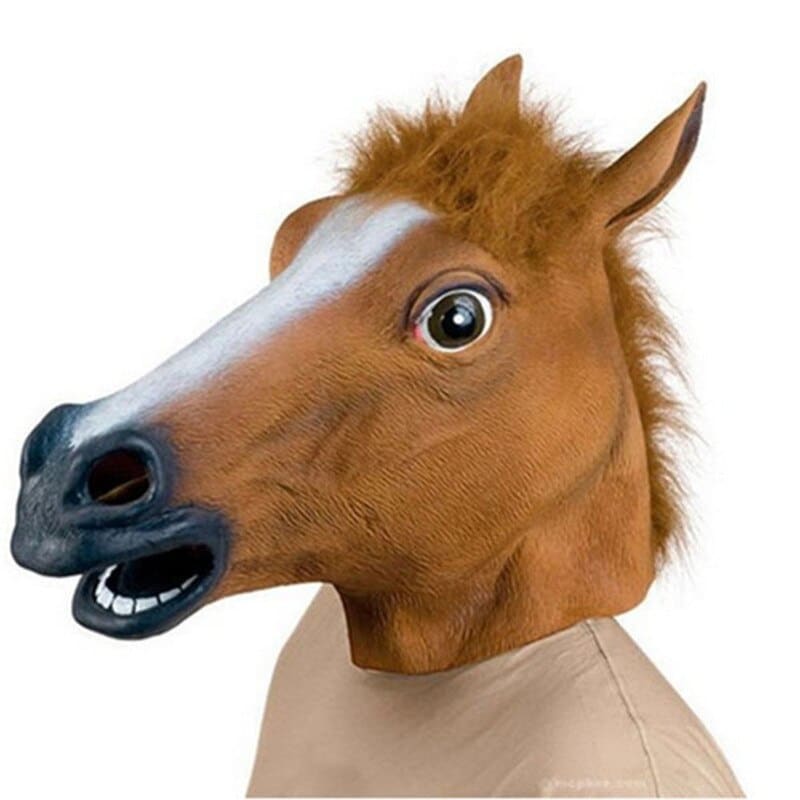
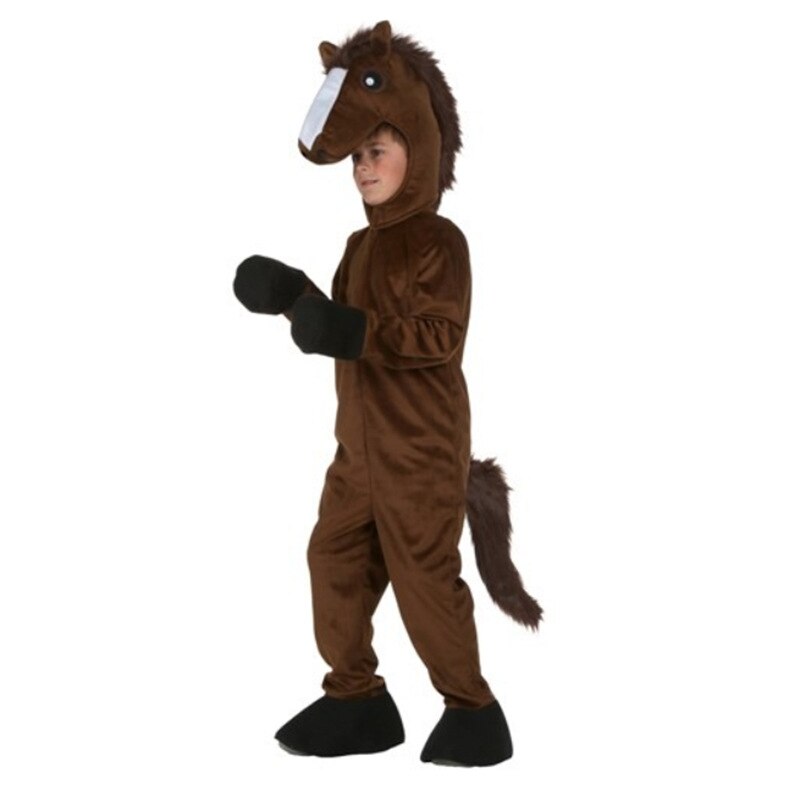
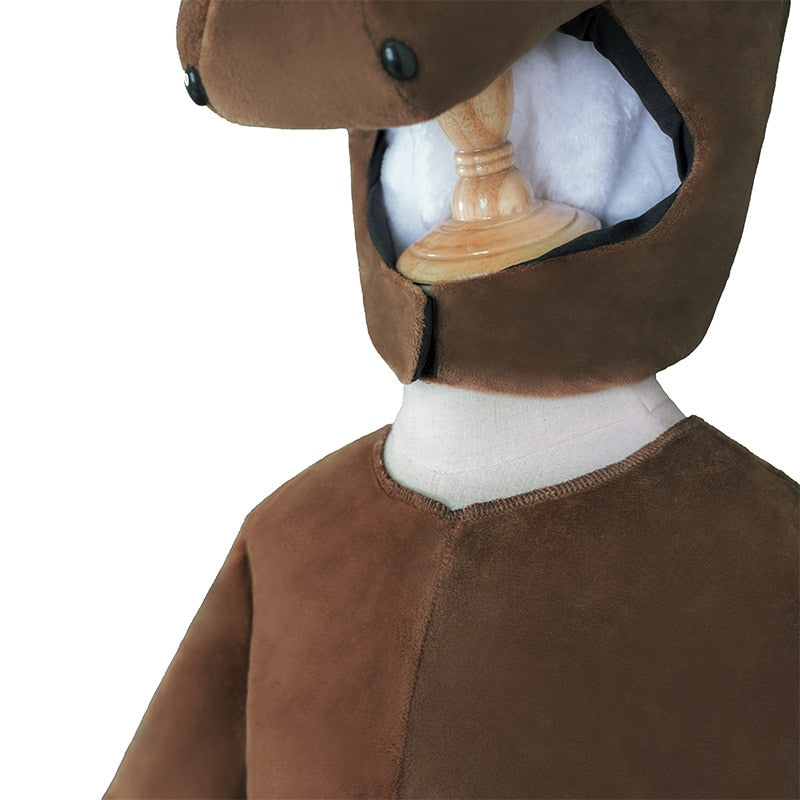


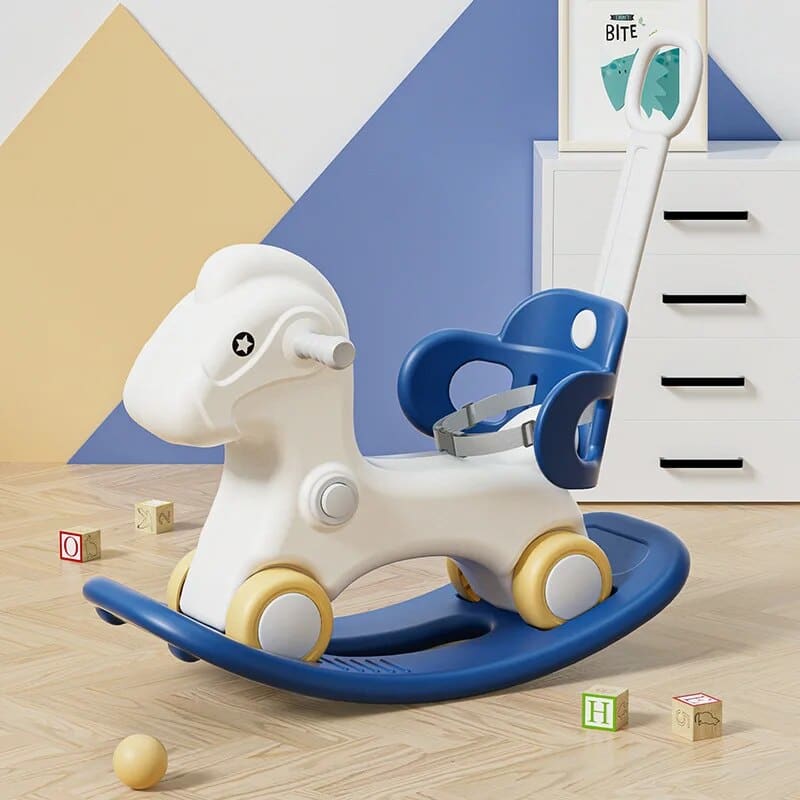



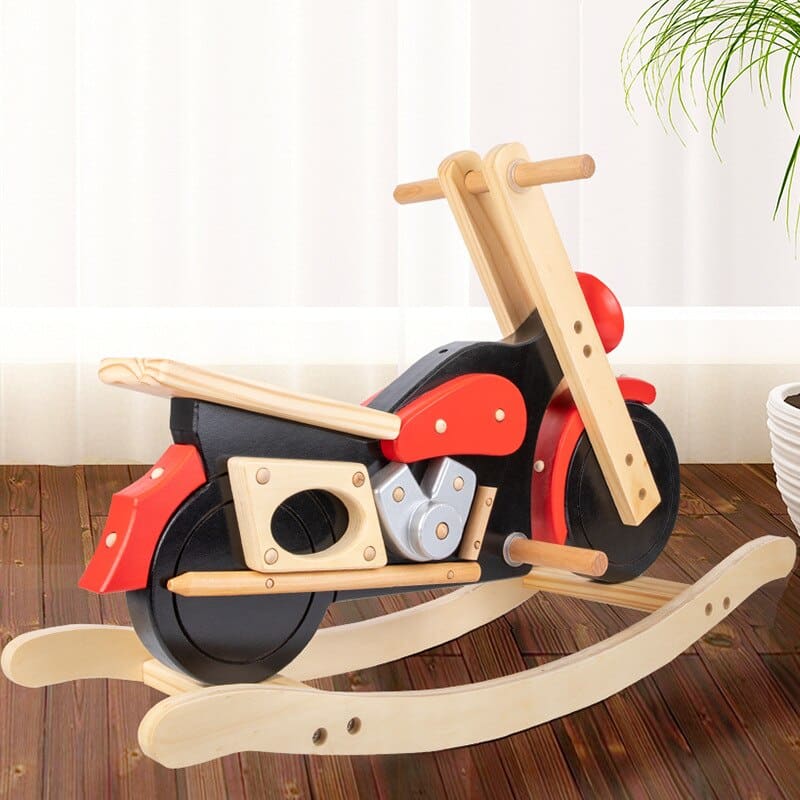

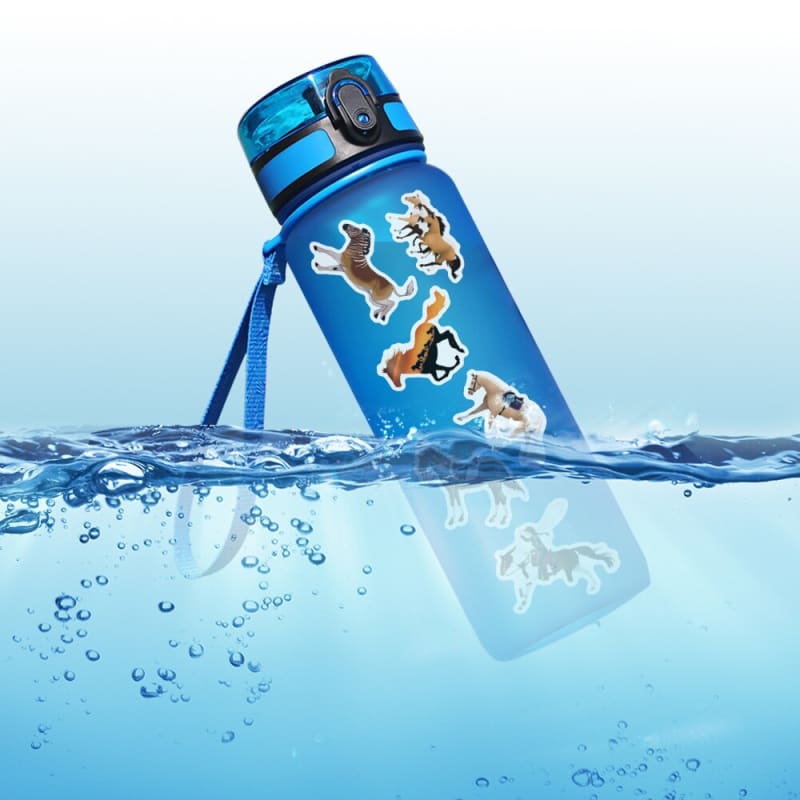
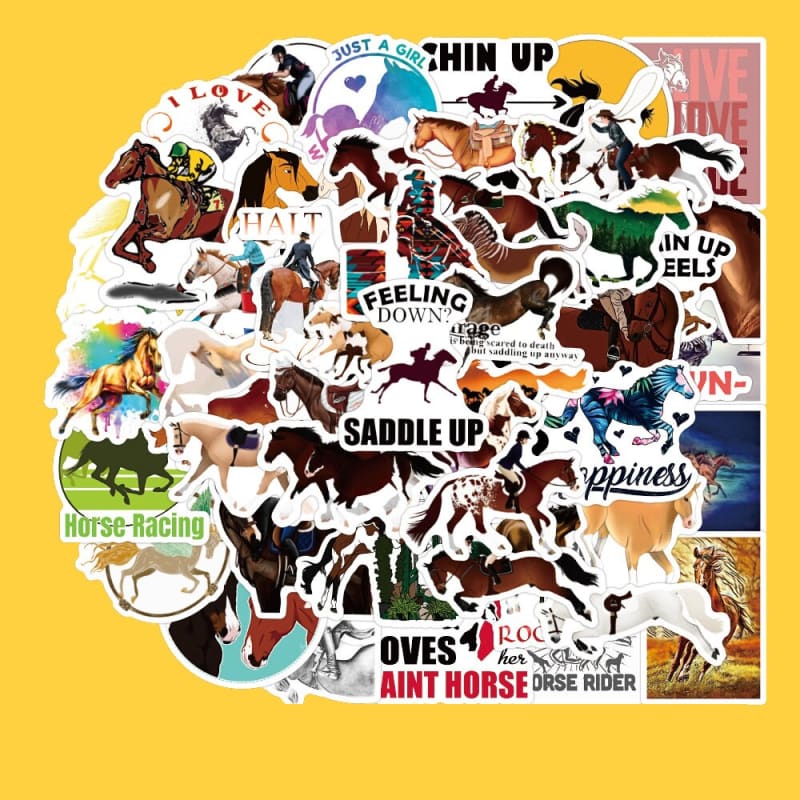
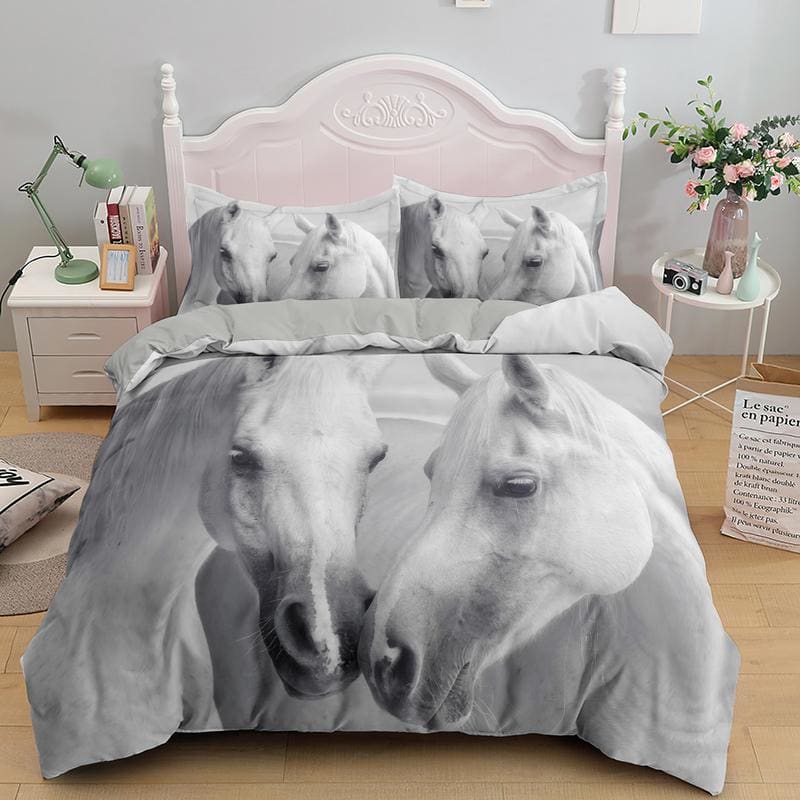



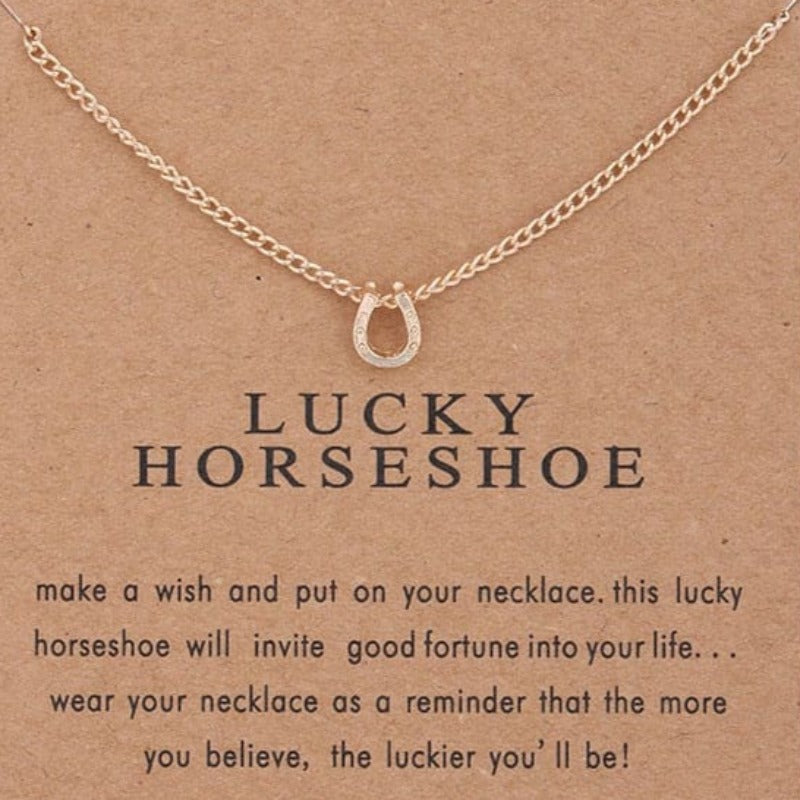
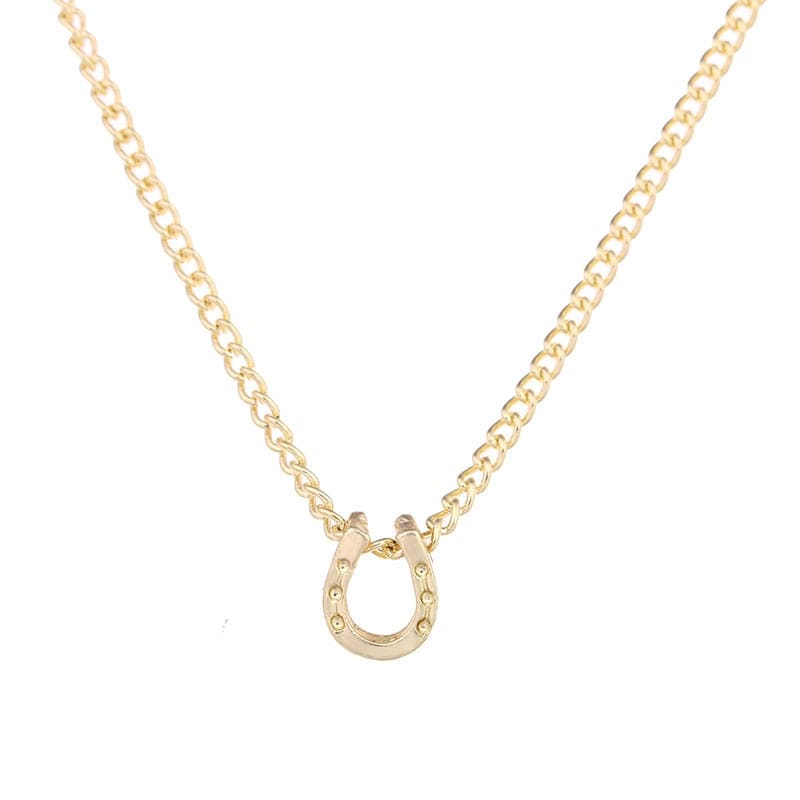

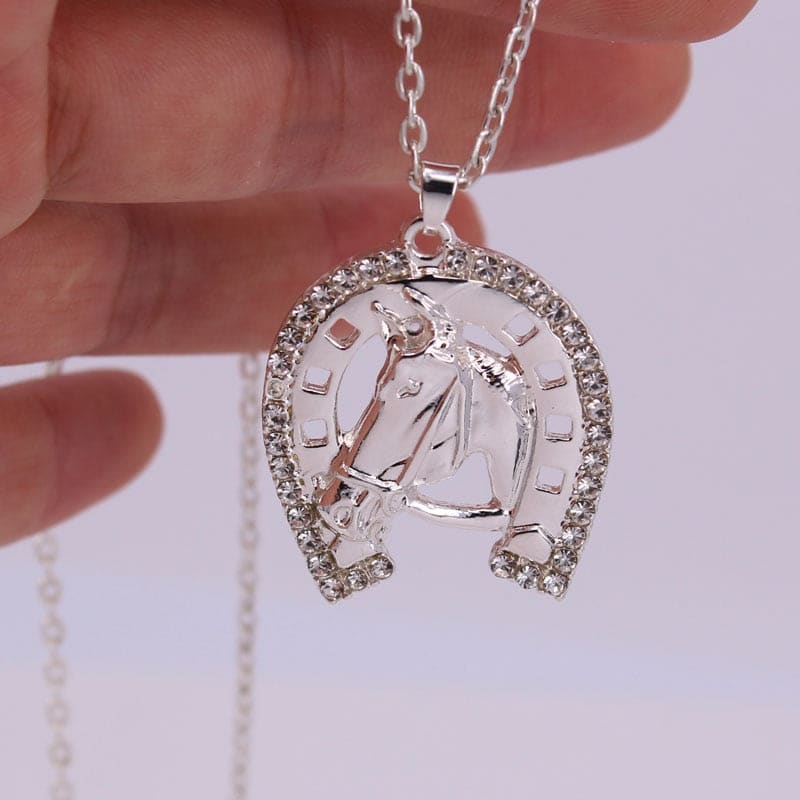

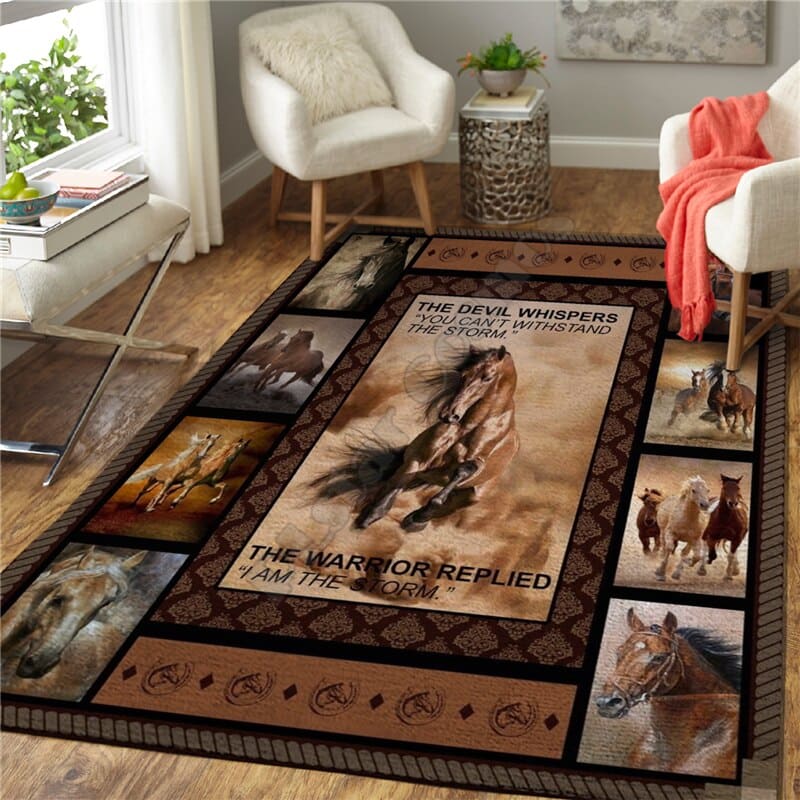




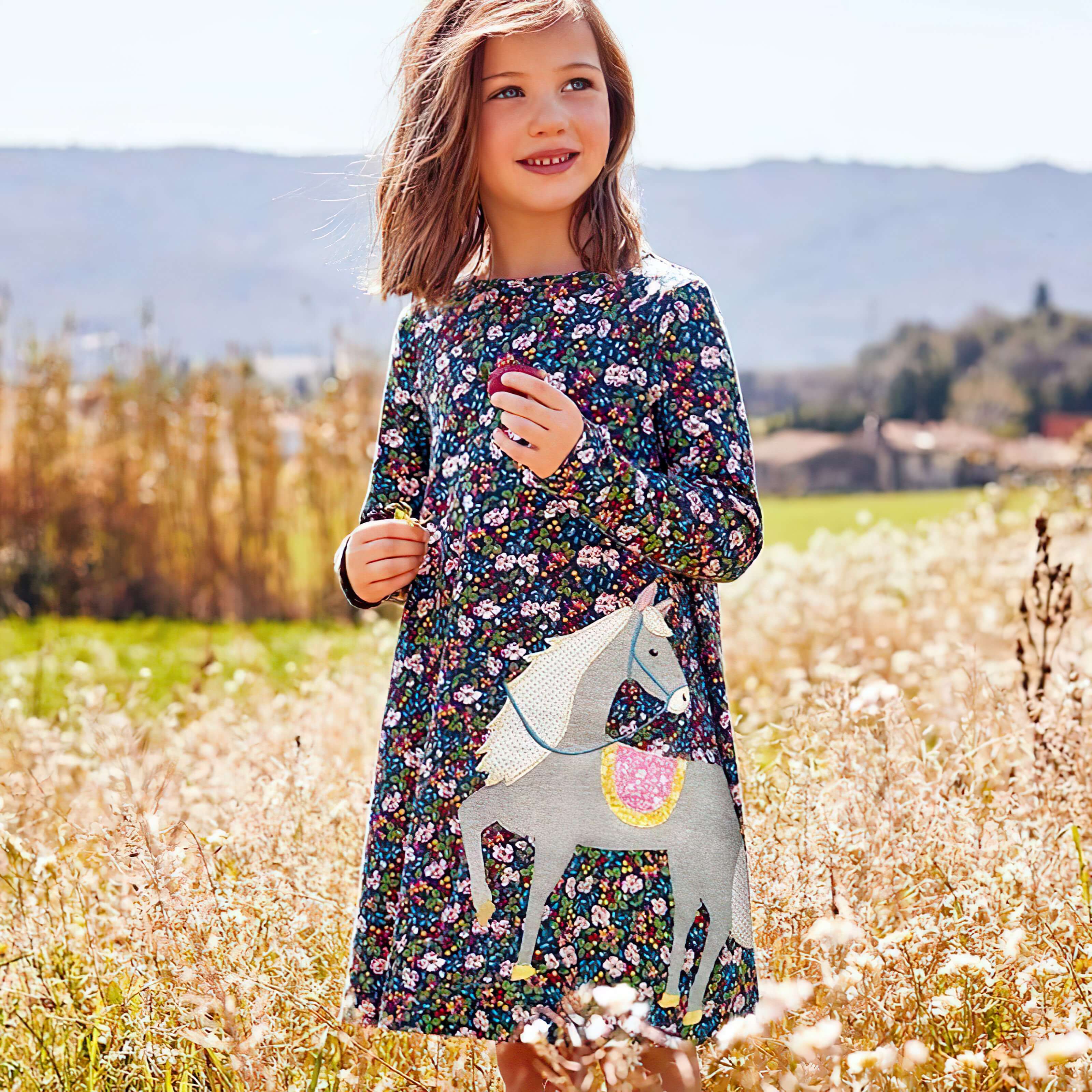


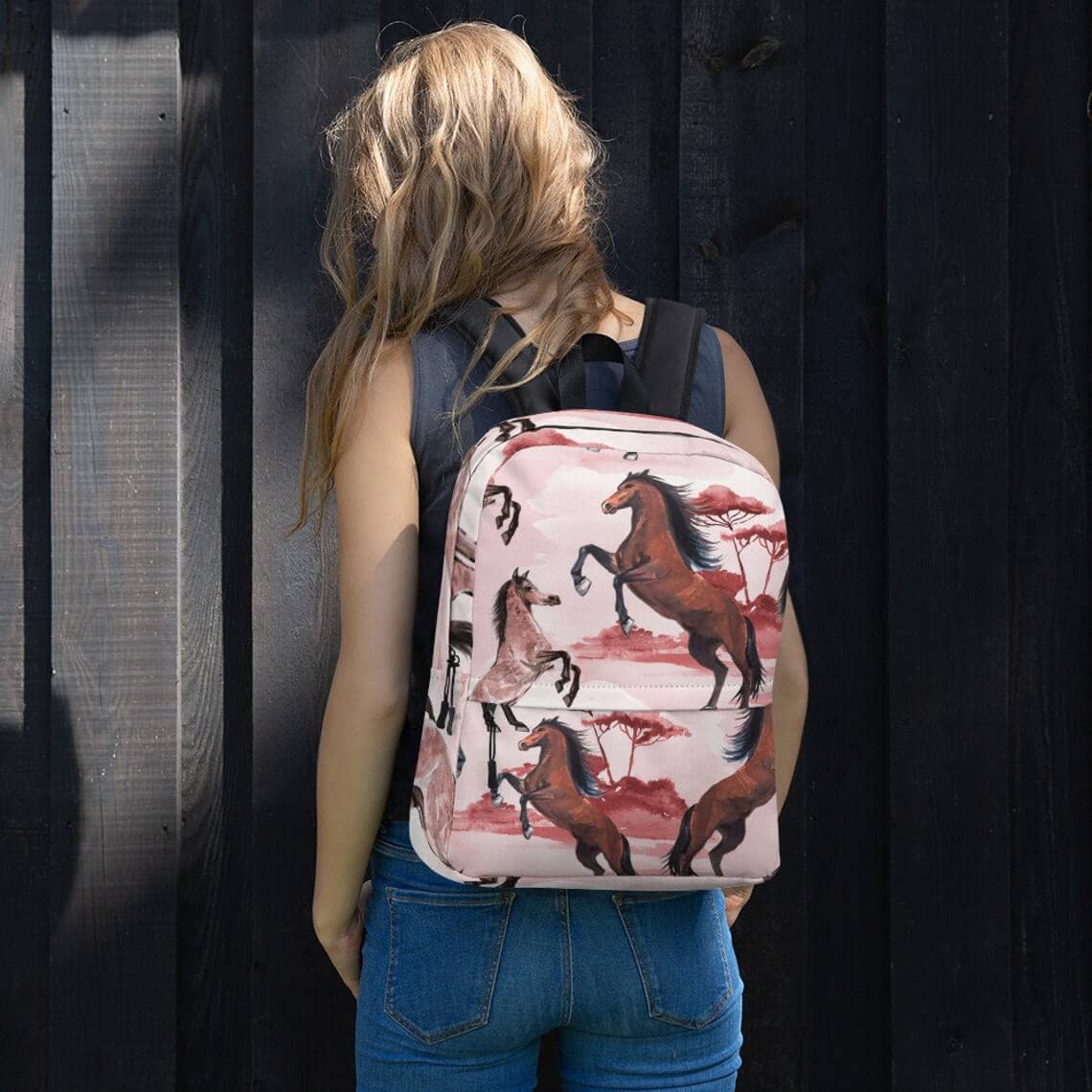

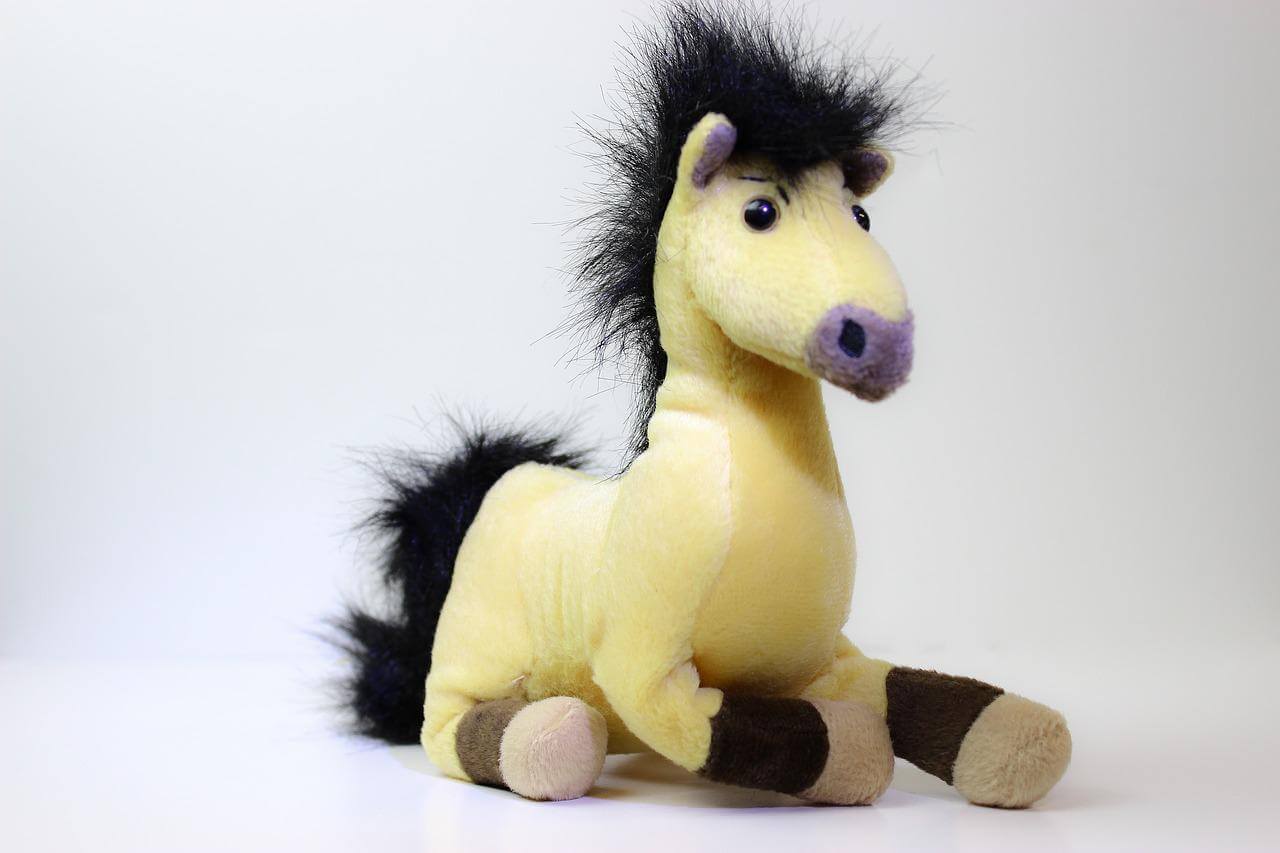
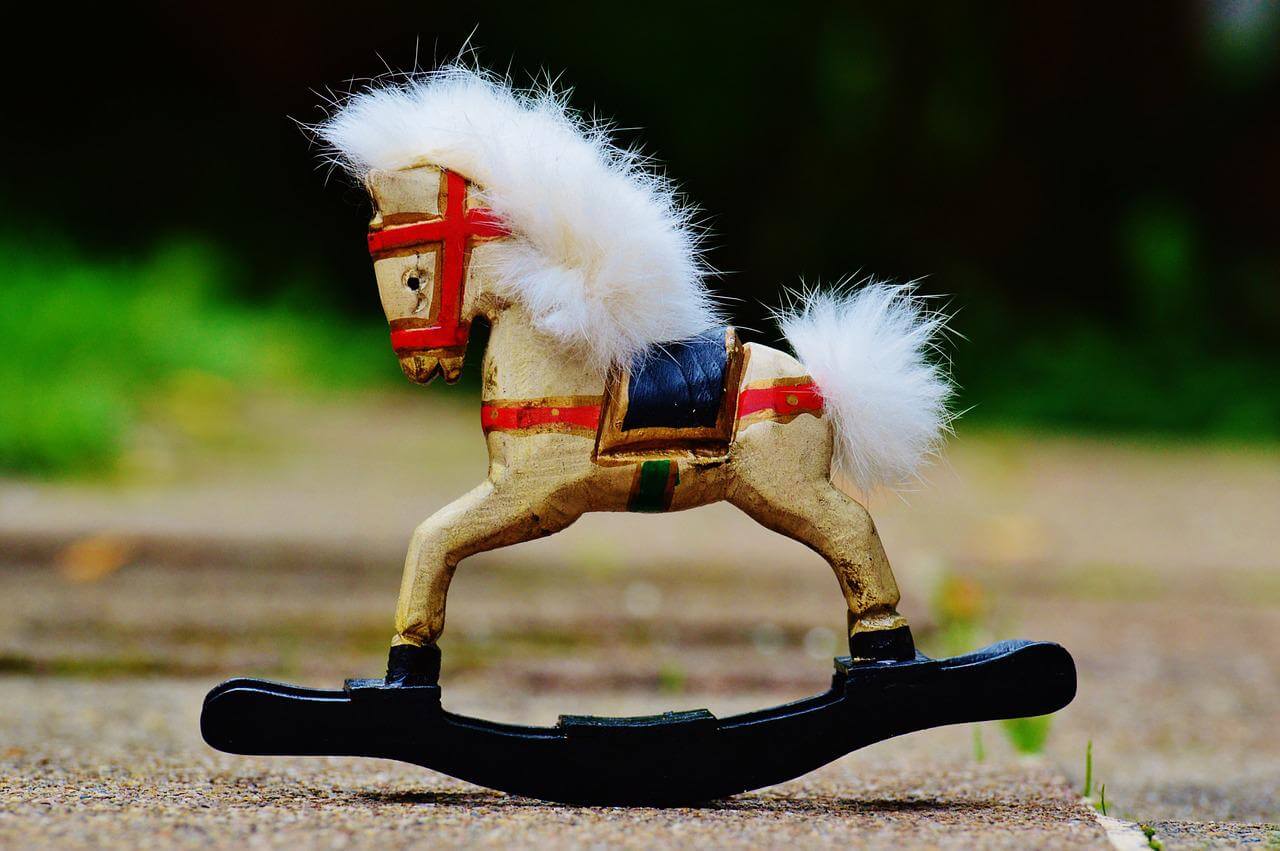
Leave a comment
All comments are moderated before being published.
This site is protected by reCAPTCHA and the Google Privacy Policy and Terms of Service apply.